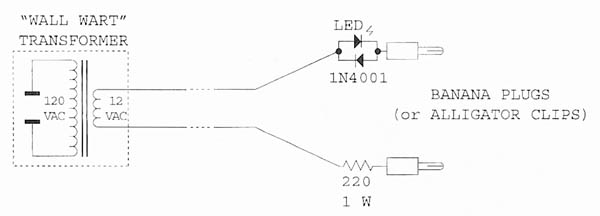An analog audio interface may be unbalanced or balanced, depending only on the impedances (to ground) of its two signal conductors.
In balanced interfaces, both conductors have equal (and non-zero) impedances. A balanced interface also requires that driver, line, and receiver all maintain balanced impedances to ground. They are therefore extremely potent in preventing all kinds of noise coupling, in fact, so powerful that many systems, such as telephone networks, use them instead of shielding as the main noise reduction technique.
But the true nature of balanced interfaces is widely misunderstood. For example, consider this from the website of a well-known audio equipment manufacturer, “Each conductor is always equal in voltage but opposite in polarity to the other, The circuit that receives this signal in the mixer is called a differential amplifier and this opposing polarity of the conductors is essential/or its operation.”
This, like many explanations in print, describes signal symmetry (i.e.,“equal in voltage but opposite in polarity”) but completely overlooks the most important feature of a balanced interface. The notion that signal symmetry has anything to do with noise rejection is simply a myth.
Now consider this quote from a part of the informative annex of lEC Standard 60268-.3: “Therefore, only the common-mode impedance balance of the driver; line, and receiver play a role in noise or interference rejection. This noise or interference rejection property is independent of the presence of a desired differential signal. Therefore, it can make no difference whether the desired signal exists entirely on one line, as a greater voltage on one line than the other, or as equal voltages on both of them. Symmetry of the desired signal has advantages, but they concern headroom and crosstalk, not noise or interference rejection. “
An accurate definition is: “A balanced circuit is a two-conductor circuit in which both conductors and all circuits connected to them have the same impedance with respect to ground and to all other conductors The purpose of balancing is to make the noise pickup equal in both conductors, in which case it will be a common/mode signal which can be made to cancel out in the load.” A simplified
balanced interface is shown in Figure 1.
Theoretically, it can reject any interference, whether due to ground voltage differences, magnetic fields, or electric fields, as long as the interference induces identical voltages in each of the signal lines and, of course, the resulting peak voltages don’t exceed receiver capability. When both devices are grounded to the safety ground system, the ground voltage difference between them becomes the
“ground noise” shown. When one or both devices are ungrounded, the ground voltage difference can become very large.
















